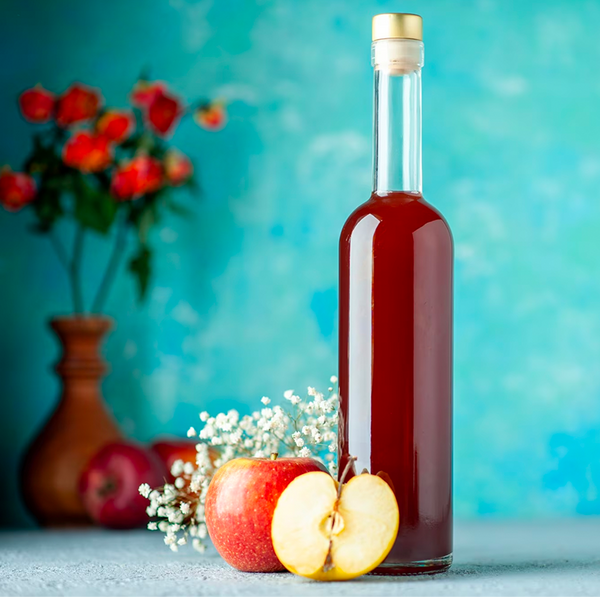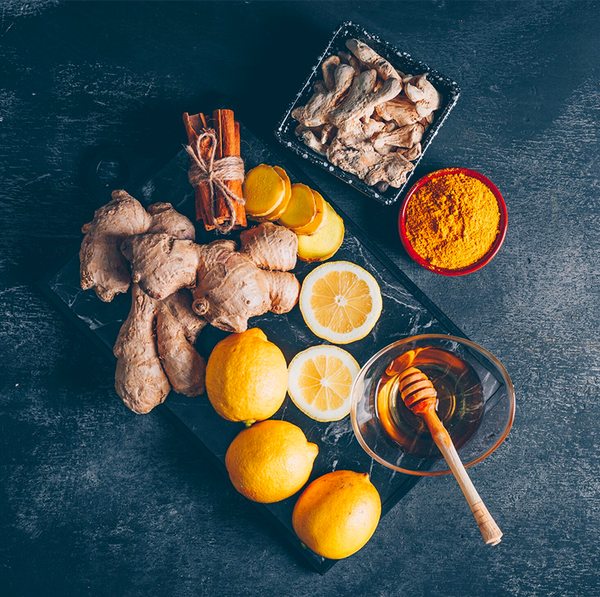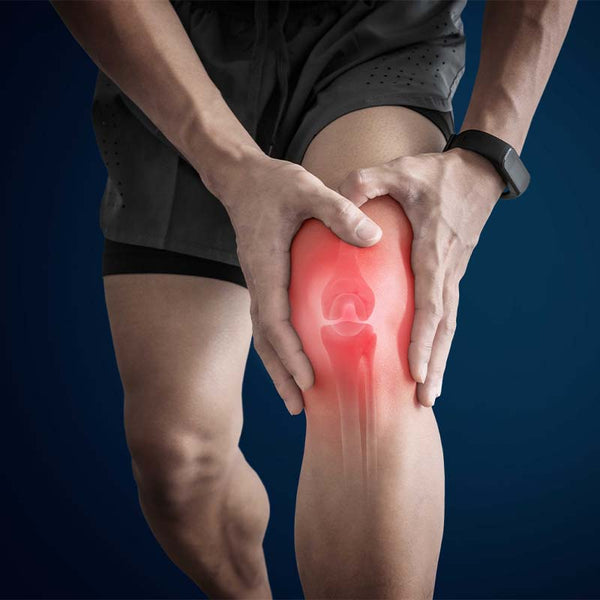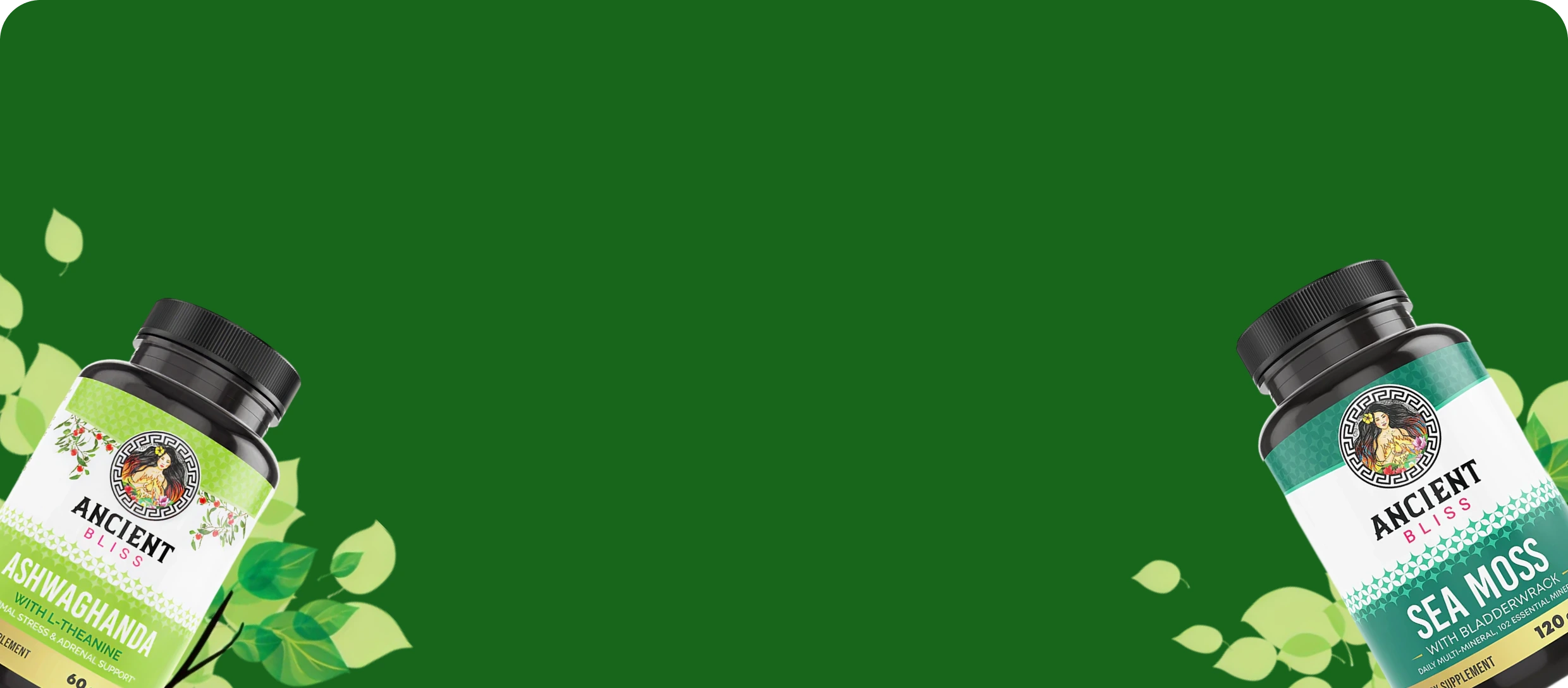How to ease joint pain and improve joint health

Expert Tips for Easing Joint Pain and Improving Joint Health
Joint pain is a common condition that may be persistent or come and go. In one survey, nearly one out of three American adults reported feeling joint discomfort and pain over the past thirty days (1).
Joint pain can reduce your joint’s mobility and prevent you from being able to perform day-to-day activities, but you should not let it hold you back. Instead, try your best to restore your joint health.
Below are a few expert tips that will help you relieve joint pain, improve joint health, and restore joint mobility.
Make exercise a part of your lifestyle.
If you have joint pain, regular exercises can help you improve your joint health and prevent joint problems like osteoarthritis (2).
Exercise promotes the health of cartilage around the joints. It also provides more support to joints by strengthening the muscles around them.
If you have never exercised before, start with low-impact exercises such as walking, cycling, and swimming. Gradually increase the intensity of exercise to give your muscles and joints enough time to develop.
Shed those extra pounds.
Obese or overweight people are at a high risk of joint pain. Carrying extra weight puts more pressure on joints, forces them to do extra work, and also promotes joint inflammation. But you can reverse this effect if you lose those extra pounds.
Weight loss will improve your joint’s condition and prevent further damage.
Try natural ways to reduce your body weight. You can also get professional help to reach your weight loss goals the right way.
Make healthy dietary choices.
What you eat has an impact on your joint health. Some studies show that your dietary choices can affect joint conditions like rheumatoid arthritis and osteoarthritis (3, 4).
A balanced diet can help you keep extra weight off, which can promote joint health.
Vegetables and fruits are natural sources of important nutrients, such as antioxidants and minerals, that your body needs to perform several important tasks, including healthy bone formation.
Plant-based meals provide antioxidants that scavenge free radicals. These free radicals are highly damaging and aggravate inflammation. Eating fresh produce every day can be very effective in reducing free radicals and decreasing joint inflammation.
Let turmeric help.
Turmeric is a popular spice used in Asian dishes to add flavor. It is also used as Ayurvedic medicine, due to its medicinal properties like acting as an anti-inflammatory and antioxidant (5). There is some evidence supporting turmeric's effectiveness in reducing joint pain and inflammation (6).
Try this safe and tasty spice by adding it to your daily meals.
Get comfort through massage.
Massage has become a well-known method to cope with joint stiffness, pain, and inflammation. The direct impact of massage is not yet clear, however, it is believed that massage may help with joint pain by increasing blood circulation and reducing inflammation (7).
To get the best massage results, you should get it done by a professional massage therapist who knows how much pressure is suitable for joint pain. Applying essential oils like lavender oil, which has anti-inflammatory properties, during a massage may speed up recovery (8).
Correct your posture.
The way a person carries their body determines how much pressure they put on the joints. That is why you should target proper posture to improve your joint health.
When you keep your body aligned by sitting and standing up straight, you help your body reduce muscle fatigue. It offers protection to joints, keeps them lubricated, and promotes their health.
If you think you have poor posture, you should start walking regularly. It is one of the easiest ways of improving posture.
Try herbal supplements.
Though scientific research has not been able to prove the effectiveness of herbal supplements, many people around the world consume them and claim they help relieve joint pain.
Some herbs that are used to relieve joint pain are ginkgo, Boswellia, devil’s claw, and thunder god vine. Quercetin is also known to be highly beneficial for healing muscular nerve pain and improving joint health. Quercetin works by preventing the body from releasing histamine which is what causes inflammation in the joints. You should get your doctor’s advice before taking any of them.
Utilize heat and cold treatments.
Doctors often suggest heat and cold treatments to help patients reduce joint pain and stiffness. Many studies have also proven the effectiveness of these easy treatment options (9).
Heat dilates blood vessels and promotes blood circulation in the affected area. As a result, tightened muscles become relaxed, less stiff, and more flexible. Taking a warm shower after a long day can ease discomfort and help you feel better.
Cold treatments are used to reduce inflammation, soreness, and swelling. Wrap an ice bag in a towel and apply it to your joint. Avoid direct application of ice to your skin.
As a beginner, choose any one of the methods mentioned above and practice it regularly to see the difference yourself. Eat healthy foods, exercise regularly, and use suitable treatments to relieve joint pain and restore mobility.
In same category
-
![]()
How to ease joint pain and improve joint health
Expert Tips for Easing Joint Pain and Improving Joint Health Joint pain is a common condition that may be persistent...
-
![]()
How to ease joint pain and improve joint health
Expert Tips for Easing Joint Pain and Improving Joint Health Joint pain is a common condition that may be persistent...
-
![]()
How to ease joint pain and improve joint health
Expert Tips for Easing Joint Pain and Improving Joint Health Joint pain is a common condition that may be persistent...






